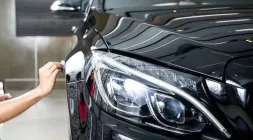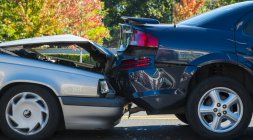Steering System and unveil how it works
Few people know how the front wheels and steering wheel are linked, and some don’t know anything about this kind of stuff.
Have you ever wondered how a car can turn to the left or to the right? The steering system makes this movement possible. But do you know how it works? Most of the people that have been in a car are aware of the steering system. They also know its operation and purpose.
Most people that know about cars are aware of the fact that the front wheels can turn to the right or left. Few people know how the front wheels and steering wheel are linked, and some don’t know anything about this kind of stuff. Let us tackle the things you need to know about the steering system and how it works in this article from Philcarnews.com.
How does the steering system work?
Nowadays, the steering system that is used by cars is known as the rack and pinion. A steering wheel is fitted in the car that gives the driver feedback and control. The driver will know the wheels’ situation and he/she can also control the direction at which the wheels will go.
The steering wheel comes in different sizes and shapes. Some have airbags and access for other systems in the car. A steering shaft is connected from the wheel by the car’s firewall. Some modern cars have advance steering shafts. It collapses once an accident occurs, keeping the driver suffer from severe injuries that may happen.
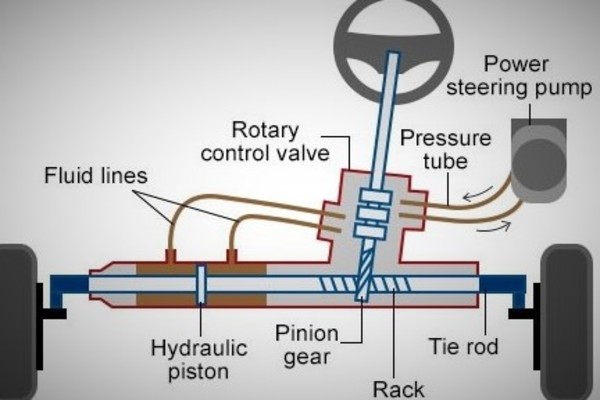
The steering system that is used by cars is known as the rack and pinion.
Hydraulic system
In a car with a hydraulic power system, the steering shaft is connected to a rotary valve. As the valve rotates, it opens and closes to allow the pressurized fluid to help in the steering shaft. Thus, the steering becomes much easier particularly during stop and low-speed conditions.
There is a hydraulic pump driven by a belt that is connected to the car’s engine. This pump is responsible for pressurizing the hydraulic fluid. Many consumers prefer this kind of power steering due to its practicality. Having said that, most of the sports cars use hydraulic steering for decades. Moreover, technological advancements resulted in another system known as the electric power steering.
>>> Related: Have you ever heard of electric power steering?
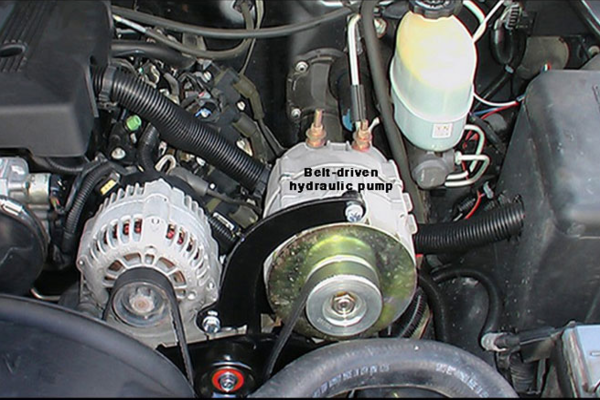
There is a hydraulic pump driven by a belt that is connected to the car’s engine.
Electric System
A car is fitted with electric steering if there is an electric motor alongside the steering shaft. This kind of steering system enables more flexibility with the location where to put the electric motor. This is suitable for the retrofitting of older cars. This system also removes the need for a hydraulic pump to work.
The electric steering system uses an electric motor to aids in turning either the pinion gear or the steering shaft. There is a sensor fitted in the steering shaft. The sensor detects how much the driver rotates the steering wheel.
Sometimes, it also detects the force used in turning the steering wheel. This force is called velocity sensitivity. The gathered data will then be processed by the car’s computer and will apply the needed amount of force in steering the car. This, of course, is assisted by the electric motor.
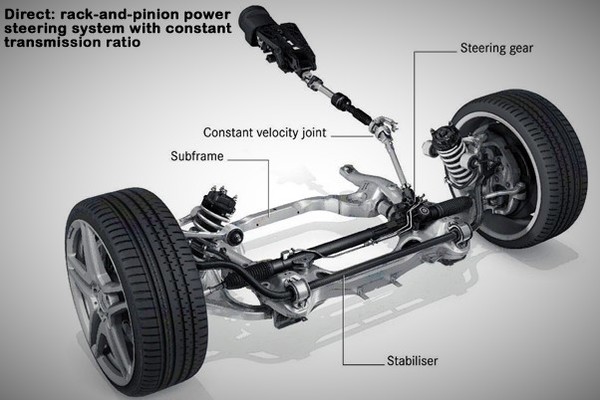
The electric steering system uses an electric motor in turning either the pinion gear or the steering shaft
The electric system is low maintenance and cleaner than the hydraulic system. However, many drivers say that they feel too separated from the road in this type of system. It also assists too much in other applications. Nowadays, electric systems are getting better and this feedbacks are also changing.
No power steering
A car doesn’t have any power steering if you see nothing at the steering shaft excluding the pinion gear. The pinion gear is placed above the steering rack. It moves and rotates the steering rack in horizontal to the right and left between the wheels in front.
The pinion gear’s teeth align perfectly with the teeth on the rack. This assembly is accountable for making the steering wheel rotate into a right or left motion. The size of the gear that is relative to the rack decides how many it takes for the steering wheel to turn a vehicle into the desired amount.
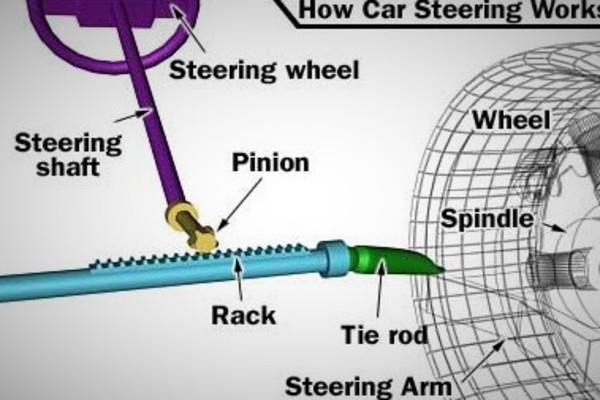
The pinion gear is placed above the steering rack.
More rotations are needed to turn the wheels if the gear is smaller but this also means for easier turning. The tie rods sit on both the ends of a steering rack. These rods are long slim connective pieces that are meant to be strong only if it is pulled on or pushed.
The force from other angles could bend the rod easily. The tie rods are connected on either side of the steering knuckle. The steering knuckle then controls the turning of the wheels in left or right.
These are the steering systems in a car and how they operate. It is best to be familiar with them especially if you have a car or planning to buy one. Furthermore, keep in mind that there are other systems in a car when it comes to operating precisely while the car is moving. The suspension system also operates simultaneously with the steering system. A turning car moving up-and-down and side-to-side simultaneously on a bumpy surface is made possible by the suspension system.
>>> Related: How a DIY Car Maintenance Can Save You on Costly Vehicle Expenses
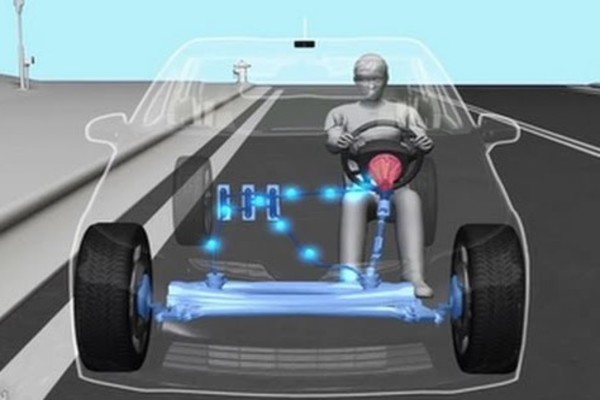
These are the steering systems in a car and how they operate.
To be precise, the ball joints are responsible for these activities. This is a joint similar to a human skeleton socket joint. It allows the free movement of the car that needs the simultaneous work of the suspension and steering system.
What other things to know about the steering system?
The steering system can have a beating due to its workload. The parts are tasked to handle a load of a turning vehicle at its top speed. If the things supposed to be controlled by the system fail, it is maybe due to the long-term wear of parts.
Whenever a problem occurs, make sure to consult with your mechanic and have your car inspected right away. Don’t act base on the degree of the situation, be it small or big. Always remember that a problem is still a problem.
This is to ensure the drivability and safety of your car. A bad scenario may happen if you didn’t fix any problem immediately. A damaged ball joint can make your steering a bit heavy. A cracked tie rod can cause failure to the steering that can lead to an accident.
RECENT ARTICLES



